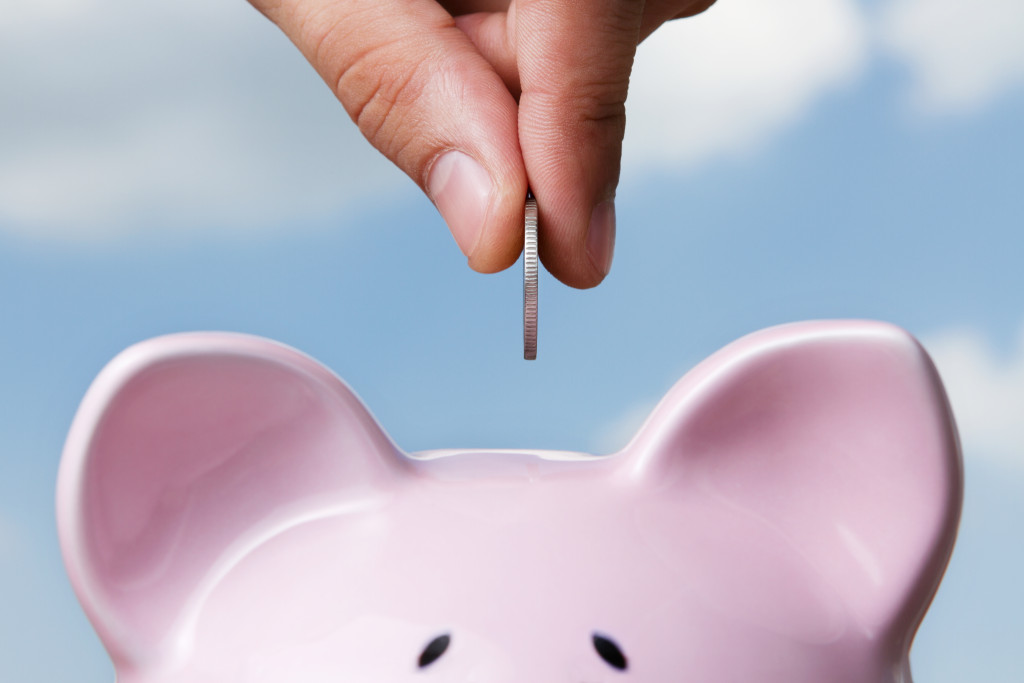As a freelancer, financial stability can seem like an unattainable goal. You’re never quite sure when your next gig will come in, and the feast-or-famine nature of freelance work can make budgeting a challenge. However, there are some steps you can take to ensure that your finances are in order and that you’re prepared for lean times. By following these tips, you can achieve financial stability as a freelancer.
Always get paid upfront
One of the best ways to ensure financial stability as a freelancer is to always get paid upfront. This means that you should never start working on a project until you have received a deposit from the client. The deposit should be for at least half of the total project price; if the client is reluctant to pay a deposit, that’s a red flag, and you should move on to another gig. Once you have the deposit, you can begin work with the peace of mind knowing that you will at least receive partial payment for your efforts.
Create a budget—and stick to it
Another important step in achieving financial stability is creating a budget—and sticking to it. This may seem like common sense, but it’s surprising how many people (freelancers included) don’t actually have a budget in place. Sit down and figure out exactly how much money you need to bring in each month to cover your expenses. Then, track your spending carefully and make sure that you’re not overspending in any one area. If you find yourself dipping into your savings too often, it’s time to reevaluate your budget and figure out where you can cut back.
Diversify your income sources
If you rely on just one or two clients for all of your income, you’re setting yourself up for financial trouble. When those clients decide to take their business elsewhere or cancel their project, you could be left scrambling to find new work. To avoid this situation, it’s important to diversify your income sources and have multiple clients (or gigs) lined up at all times. That way, if one gig falls through, you’ll still have others to keep you afloat financially.

Save money for emergencies
One of the most important things you can do for your financial stability is to save money for emergencies. This may seem like an impossible task when you’re living paycheck to paycheck, but even setting aside a small amount each month can add up over time. If you don’t have a traditional savings account, consider opening a high-yield account or investing in a short-term certificate of deposit (CD). These options will give you a place to stash your cash so you can access it quickly if you need it.
There are two kinds of funds you should prepare: an emergency fund and a buffer fund. An emergency fund is cash you have set aside to cover unexpected expenses, such as a medical bill or a car repair. A buffer fund is slightly different; it’s money you put away to cover the gaps between gigs, so you’re not left scrambling to find new work if a project falls through. You should have six months’ worth of living expenses saved in your emergency fund and three to six months’ worth of expenses set aside in your buffer fund.
Start planning for your retirement
In case you are considering retiring early, you should start saving now more than ever. While you may be unable to put away as much money each month as you would like, every bit helps. The sooner you begin putting money away, the more time it will have to grow. And if you’re aiming for financial stability in retirement, that’s a goal worth working for.
There are no one-size-fits-all retirement solutions for the self-employed, but there are some key steps you can take to ensure financial stability in retirement. First and foremost, you should start saving now. The sooner you begin putting money away, the more time it will have to grow. Second, you should diversify your income sources to ensure that you’re not relying on just one or two clients for all of your earnings. And finally, you should get a retirement plan for self-employed professionals with a reliable financial group. This way, you can take advantage of tax benefits and start growing your nest egg. By following these steps, you can rest assured that you’re on the right track to a financially secure retirement.
Financial stability as a freelancer may seem like an unattainable goal, but it is possible to achieve it with some careful planning and effort. By always getting paid upfront, creating a budget, and diversifying your income sources, you can weather lean times and maintain financial stability over the long term.

